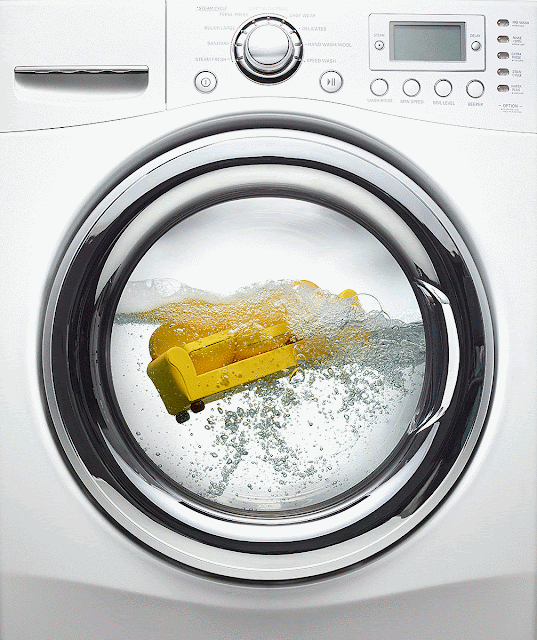Piezoelectric Pressure Sensor
Piezoelectric Pressure Sensor
- A piezoelectric sensor is a device that uses the piezoelectric effect to measure changes in pressure, force, strain or temperature by converting them to an electrical charge.
- The word piezo is derived from the Greek word piezein which means “Press” or “Stress”.
- The piezoelectric effect is observed in various materials available in different forms such as crystalline, ceramics, lead-free piezoceramics, semiconductors, and polymers. The Lead zirconate titanate and quartz crystal are the common types of piezoelectric materials used in piezoelectric pressure sensors.
- The piezoelectric material can be referred to as a bidirectional transducer as it generates an internal voltage resulting from an applied pressure or mechanical force due to piezoelectric the effect, contrarily, it can also generate internal pressure or mechanical strain when an electric field is applied due to the inverse piezoelectric effect.
Construction:
The piezoelectric pressure sensor consists of a
- Diaphragm,
- Piezoelectric crystalline plates such as quartz, and
- an integrated circuit amplifier,

Working:
- When pressure or mechanical force is applied to the pressure sensor, the diaphragm deflects slightly. This movement of the diaphragm is transferred directly to the piezo crystalline plates (such as quartz) that generate a very small voltage due to the piezoelectric effect.
- The amount of voltage generated is directly proportional to the applied pressure or mechanical force.
- Since the voltage generated by the crystal plates is small, an integrated circuit amplifier is used to amplify the signal to produce a more usable signal that can be applied to a controller.
q = a*F*Ks
where,
q is the electric charge generated by the mechanical force (F) or pressure (P)
F is the force applied in Newton (N),
Ks is the mechanical compliance of the spring rate in m/N, and
a is the piezoelectric material constant.
Features:
- High-frequency response (typically from 1 Hz to 20KHz)
- Wide temperature range of operation (-200oC to +300oC)
- High sensitivity
- Excellent linear characteristics
- Robust and rugged construction
- Low power consumption
Applications:
The robustness, high frequency, and rapid response time of piezoelectric pressure sensors means they can be used in a wide range of industrial and aerospace applications where they’ll be exposed to high temperatures and pressures.
- They are often used for measuring dynamic pressure, for example in turbulence, blast, and engine combustion. These all require fast response, ruggedness, and a wide range of operations.
- Their sensitivity and low power consumption also make them useful for some medical applications. For example, a thin-film plastic sensor can be attached to the skin and used for real-time monitoring of the arterial pulse.
- Piezoelectric pressure sensors are also used in commercial applications such as home security systems, alarm systems, automatic home lightning systems, etc..
Advantages and disadvantages:
- One of the main advantages of piezoelectric pressure sensors is their ruggedness. This makes them suitable for use in a variety of harsh environments.
- Apart from the associated electronics, piezoelectric sensors can be used at high temperatures. Some materials will work at up to 1,000ºC. The sensitivity may change with temperature but this can be minimized by appropriate choice of materials.
- The output signal is generated by the piezoelectric element itself, so they are inherently low-power devices.
- The sensing element itself is insensitive to electromagnetic interference and radiation. The charge amplifier and other electronics need to be carefully designed and positioned as close as possible to the sensor to reduce noise and other signal errors.
- Piezoelectric sensors can be easily made using inexpensive materials (for example quartz or tourmaline), so they can provide a low-cost solution for industrial pressure measurement.
- The mounting arrangement can sometimes become critical in smaller spaces.
- The sensitivity of most piezoelectric materials is temperature-dependent, hence thermal isolation is sometimes required.



Sir, how to use Piezoelectric pressure sensors in automatic home lighting system?
ReplyDeleteConsider an application of automatic home lighting system in which lights are turned ON if door opens. In this case, the opening of door can be detected by using piezoelectric pressure sensor by placing the sensor on the wall behind the door. When the door opens, the door applies pressure to the pressure sensor which can be sensed by the piezoelectric pressure sensor.
Delete